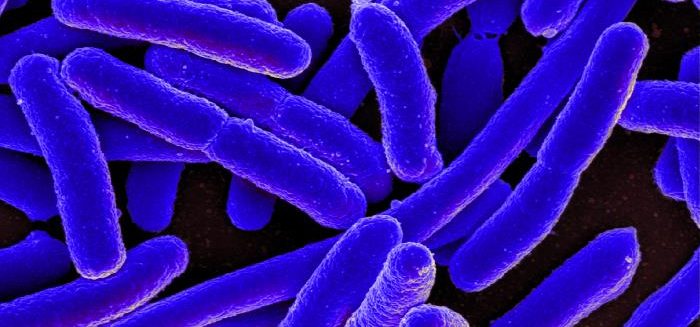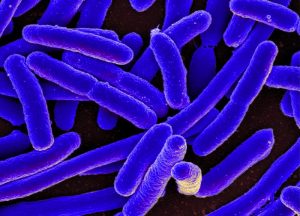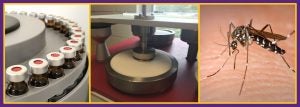Etheridge J, Randolph M and Humphrey CP (2019). Real time estimates of Escherichia coli concentrations using ultraviolet-visible spectrometers. Journal of Environmental Quality. doi:10.2134/jeq2018.08.0294
Abstract
Substantial effort has been invested in the development and testing of methods to rapidly measure the concentration of indicator bacteria in recreational waters. These efforts are driven by the need to quickly determine whether waters are contaminated and may pose excessive public health risks. In situ ultraviolet-visible spectrometers have been used to monitor levels of multiple contaminants in surface waters by relating the absorption spectrum to the measured concentrations using regression models. In this study, three different regression models were tested to see if spectroscopy could be used to rapidly predict Escherichia coli concentrations in a freshwater stream. The regression models did not produce acceptable results when tested for all of the samples collected during an 11-month period (R2 < 0.2). When divided into multiple subsets based on temperature, concentration, or rainfall, models produced adequate results for subsets of samples collected in the cooler months (R2 = 0.72) or on days when rainfall occurred (R2 = 0.58). Pairing a UV-Vis spectrometer with regression models did not result in a model that could be used to estimate E. coli levels throughout the year, but the results promote further testing of this method when flow data is available in freshwaters, on beaches where rainfall causes elevated bacteria levels, and in shellfish growing waters.
Photo source: CDC/NIAID




